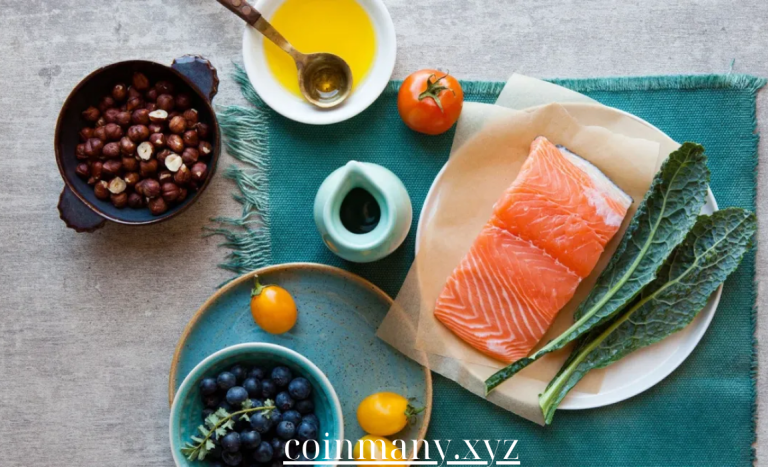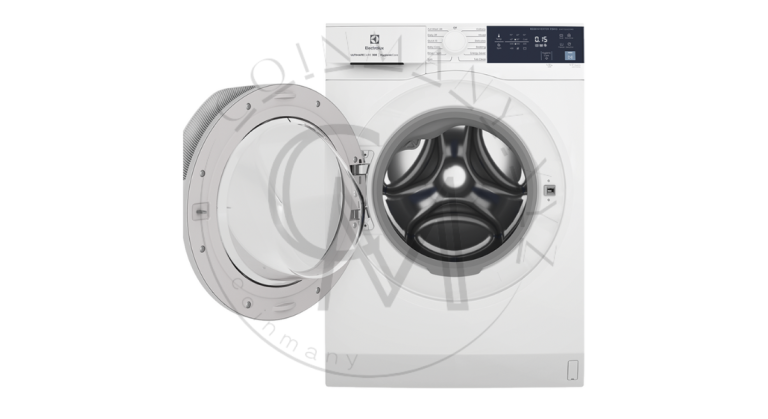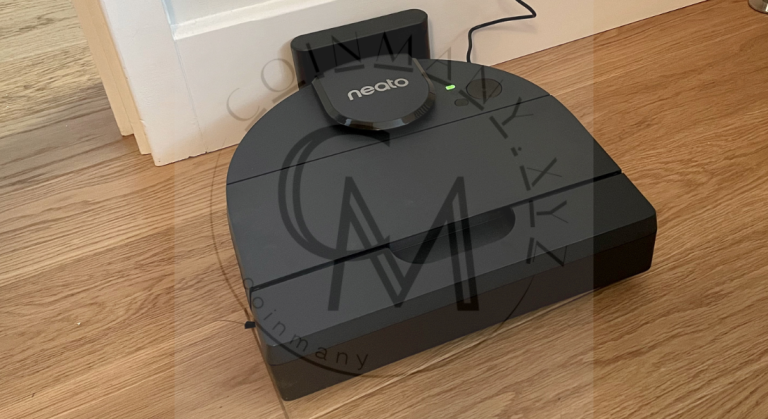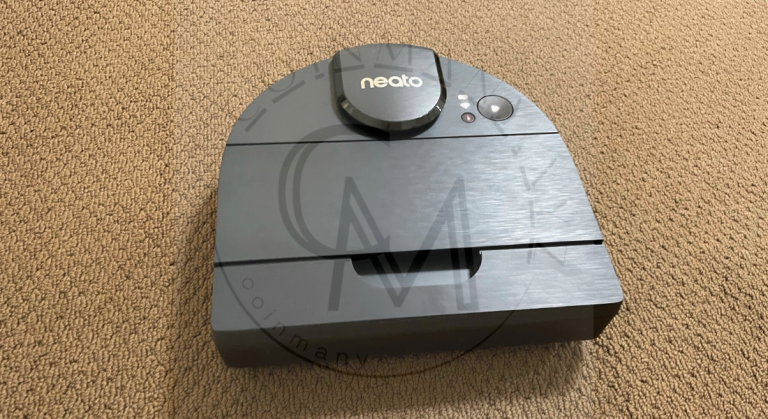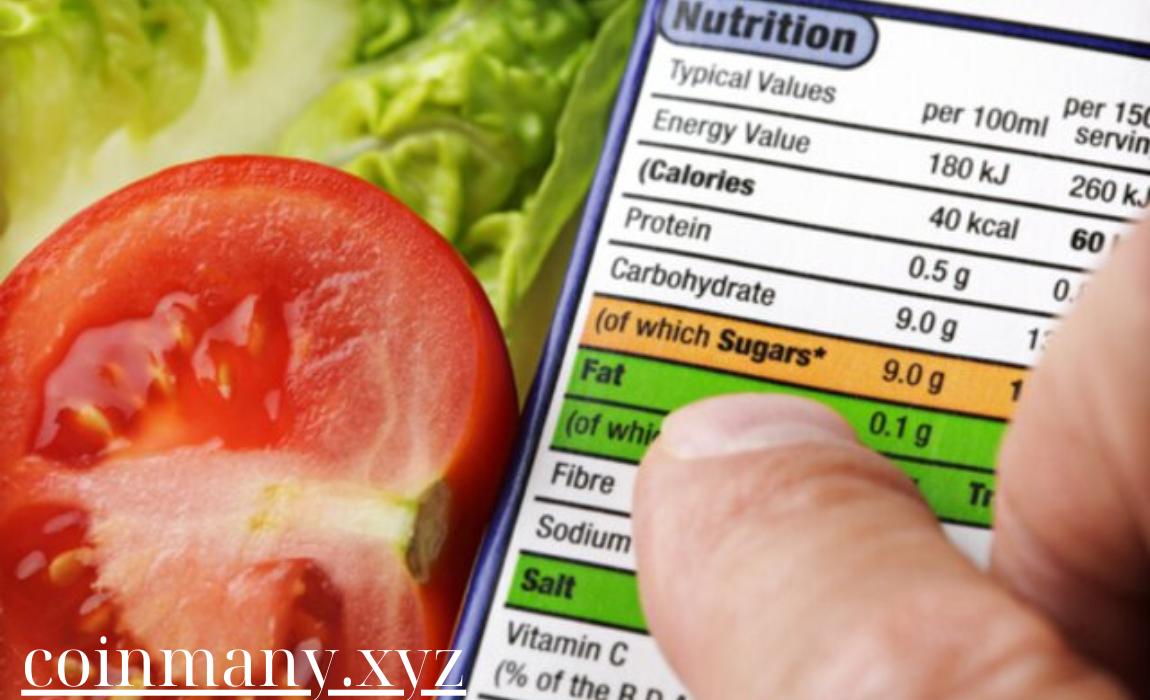
If you’re keen on maintaining a healthy diet or tracking your nutrient intake, knowing the nutritional value of your meals is essential. Fortunately, accessing nutritional information for your favorite recipes has never been easier, thanks to a variety of tools, apps, and resources. Here’s a guide on how you can effortlessly find and calculate the nutritional information of your meals.
1. Use Recipe Nutrition Calculators
One of the simplest ways to determine the nutritional content of a recipe is by using online nutrition calculators. These tools allow you to input ingredients and quantities to generate a detailed nutritional breakdown. Here are some popular options:
- MyFitnessPal: Enter your recipe into the app’s recipe calculator, and it will provide information on calories, macronutrients (carbs, fats, proteins), and more.
- VeryWell Fit Recipe Nutrition Calculator: This tool lets you input ingredients and portions to calculate the nutrition facts for entire recipes.
- Cronometer: Known for its precision, Cronometer allows you to track micronutrients (like vitamins and minerals) in addition to macronutrients.
These platforms break down key nutritional elements, such as calories, proteins, fats, carbs, vitamins, and minerals, giving you a clear understanding of your meal’s nutritional profile.
2. Check Ingredient Labels
When cooking at home, you can get a lot of information from ingredient labels. Most packaged foods provide complete nutritional facts, which can be added together to calculate the total nutrition of a dish. Here’s how to do it:
- Read Labels Carefully: Check the serving size and the nutrient content per serving for ingredients like oils, grains, and sauces.
- Add It Up: As you use each ingredient, keep track of its nutritional information. For instance, if a recipe calls for 1 cup of flour, note the calories, protein, and other relevant details.
- Adjust for Serving Sizes: After calculating the total nutrition for the entire recipe, divide it by the number of servings to understand the nutrition per portion.
3. Explore Nutritional Apps and Websites
Several apps and websites are designed to provide nutritional information for common ingredients and dishes. These resources are especially helpful for home-cooked meals, as they let you search by recipe or ingredient. Some of the best options include:
- Yummly: Yummly allows users to search for recipes and provides nutritional information for each dish. You can also filter recipes by dietary preferences, such as vegan, gluten-free, or low-carb.
- Lose It!: A great app for tracking food intake, Lose It! also lets you input and save recipes to generate nutrition facts for your homemade meals.
- SparkRecipes: This site offers an extensive library of recipes with full nutritional breakdowns. You can also input your own recipes for quick calculations.
4. Use Smart Kitchen Gadgets
For tech-savvy individuals, smart kitchen gadgets can provide real-time nutritional insights as you prepare meals. Some of the top innovations include:
- Smart Scales: Devices like the Nutritional Food Scale by Etekcity or the Escali Smart Scale measure the weight of your ingredients while syncing with apps to calculate their nutritional content.
- Nutritional Sensors: Gadgets like the SCiO Nutritional Scanner claim to analyze the chemical makeup of food, giving you instant nutritional data by scanning your ingredients.
While some of these gadgets may require an investment, they can save time and provide precise information for dedicated health-conscious cooks.
5. Search for Pre-Made Recipe Nutrition Information
Many recipes online, especially from reputable food blogs and health-focused websites, already include nutritional information. You can simply search for a specific dish or similar recipe and access its nutritional profile without having to input each ingredient.
- Check Reputable Recipe Websites: Websites like AllRecipes, Food Network, and Eating Well often feature nutrition facts for each recipe they publish.
- Use Food Blogs: Many food bloggers provide nutrition breakdowns, especially for health-focused or diet-friendly recipes. Searching for your favorite recipe on a food blog could yield ready-to-use nutritional data.
6. Use Meal-Planning Apps
Meal-planning apps allow you to create meal plans while offering nutritional information for each dish. This can help you stay on track with your dietary goals. Some of the most popular meal-planning apps include:
- PlateJoy: This app personalizes meal plans according to your dietary preferences, allergies, and nutritional goals. It also provides nutrition facts for every recipe.
- Paprika: While primarily a recipe management tool, Paprika lets you store and organize recipes, complete with nutritional information for easy access.
- Mealime: This meal-planning app generates custom grocery lists and provides nutrition information for all the meals you plan.
7. Calculate Manually with Nutrition Databases
If you’re willing to put in a bit of extra effort, you can manually calculate nutrition by using comprehensive food databases. These tools allow you to search for individual ingredients and then tally up their nutritional values based on the quantity used in your recipe.
- USDA FoodData Central: The U.S. Department of Agriculture’s database provides reliable nutrition information for thousands of foods and ingredients.
- NutritionData.com: A powerful tool that offers detailed nutrition information for foods, including calorie density, glycemic load, and protein quality.
By using these databases, you can ensure that your nutritional calculations are accurate, especially if you’re following a specific diet or have nutritional goals.
8. Ask a Dietitian or Nutritionist
If you have specific dietary needs or want personalized guidance, consulting a dietitian or nutritionist can help. They can analyze your recipes, suggest modifications, and provide insights into optimizing your meals for health or fitness goals.
- Dietitian Consultations: You can find registered dietitians who offer online consultations and help you assess the nutritional value of your favorite meals.
- Customized Meal Plans: Many nutritionists offer personalized meal plans that provide clear nutritional data, tailored to your lifestyle and health needs.
Conclusion
Accessing the nutritional information for your favorite recipes is now easier than ever, thanks to the wide range of apps, tools, and resources available. Whether you prefer using online calculators, checking ingredient labels, or leveraging smart kitchen gadgets, you can ensure that your meals are nutritious and aligned with your health goals. With this knowledge, you can enjoy your favorite recipes while staying informed about what you’re eating, making it simpler to maintain a balanced, healthy diet.


